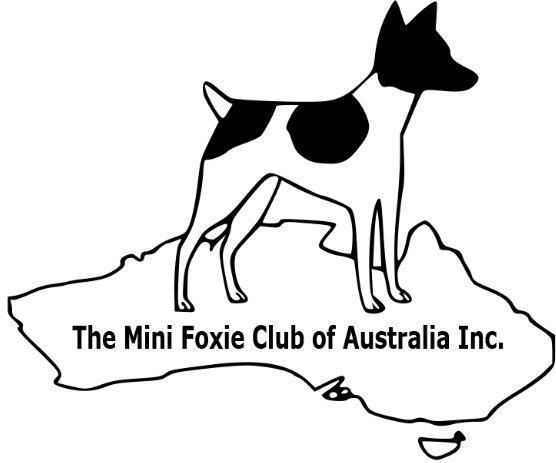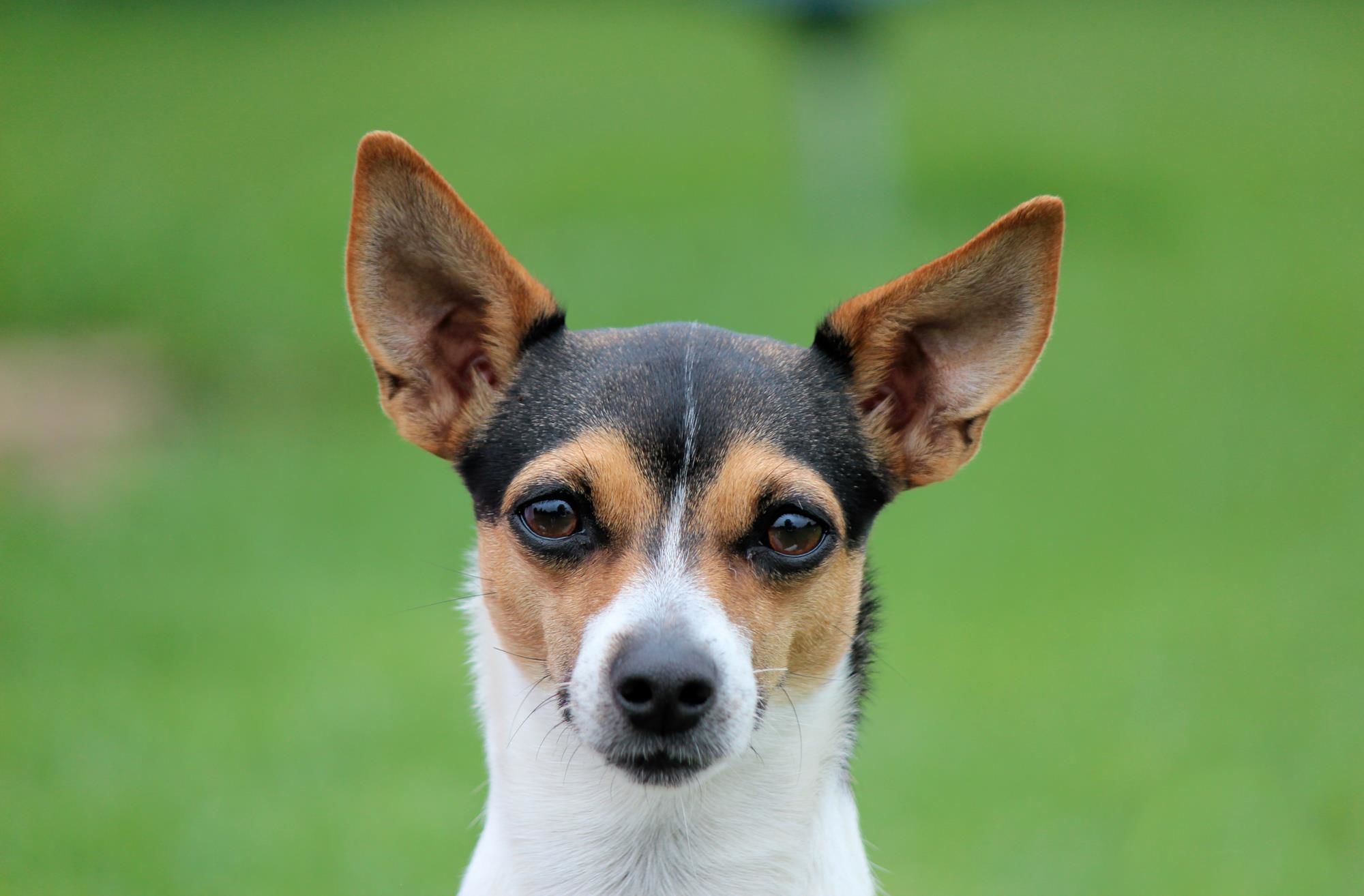Our club
The Mini Foxie Club of Australia was formed in 1986 and has been going strongly for more than 30 years.
Club History – an interview with the founder – Gordon GrantMy name is Gordon Grant and this is the history of the club that I founded back in 1986 – the Mini Foxie Club of Australia. A good place to start is with a short history of mini foxie dogs in Australia. Dogs are an important part of the history of farming life in Australia. If Australia rode on the sheep’s back, it was dogs (like the Kelpie) that made this possible. Dogs were also used around the homestead to control vermin and other pests. This dog started to develop common traits. Ideally, they were small in stature, but tenacious and fearless. Predominately white in colour so they could be seen in low light conditions. They were loyal protectors of the homestead and the family. Often they were referred to as Mini Foxies. It became common for the farmer to go out into the field with his working dogs - while around the homestead, the eldest child would look after the mini foxies as they went about their work. This was true for my father, Colin Grant. Some of my earliest recollections of the dog world came from my father. Dad was deeply involved in the Chihuahua world, being one of the earliest breeders in Australia. We would travel to all parts of the country attending dog shows and other events. Often, we would take side trips to visit breeders of mini foxies. I was amazed at how many mini foxie breeders Dad knew!! I also came to realise that there was such a wide variety of styles of the Australian Mini Foxie. There were no established guidelines that defined exactly what a mini foxie should be. This was the start of my love for the breed. I was concerned that without support and recognition, this breed may well fade into history. In the early 1980’s, the best place to find mini foxies for sale was the newspapers. So, I started calling as many of these breeders as I could find - from newspapers all over the country. I was interested to know if any other people were interested in protecting this iconic Australian breed. I was surprised by the positive response! Isabel and I then went to St Ives Showground to see if anyone could help us in setting up our club. I spoke to different people and was given the phone number of the President of the Jack Russel Club who was in Melbourne, so I rang him the next day. He was helpful and offered some good advice. He added that it will be a long road to achieve what I would like to do with the club.
After 6 months of calling as many breeders as I could find, it was decided to meet up with other like minded people. This meeting was held at Warwick Farm. The people who attended this first meeting were: Grant, I. Grant, F. Riley, E. Payne, H. & A. Bull, S. & G. Raeburn, J. Babekuhl, R. Babekuhl, A. Quantik, V. Konemann, N. & E. Harper, L. Aarons, M. Clark, M. & B. Craig, K. & F. Gentle, M. Everingham, J. Neal, .J & B. Heterick, W. & V. Reevee and myself. From this meeting we formed the first Australian Miniature Foxie Club. This first Management Committee was:
| One topic from the meeting was to determine the structure and affiliation of the club. From my past experiences with other dog breeds, the ideal structure would be to be a part of the Kennel Control Associations. Contact was made with as many Kennel Control groups globally as possible. This included the US, UK and Australia – both national and states. The only objection came from the Australian groups – both national and state based. It was seen that as the Mini Foxie is not a miniature of the Fox Terrier, the name could not be used.
This was a major issue for our new club. All involved were totally against losing our iconic Mini Foxie name. The result was that the club became an independent organisation with the charter to promote, protect and preserve the Mini Foxie breed. Once the structure of the club was settled, the next task was to establish our breed standard. This has withstood the test of time and has remained basically the same for the last 30 years. In the early times of the club, shows were a way of gathering Mini Foxie fanciers together to show their dogs and classify some dogs too. After the 1992 Deniliquin show a meeting was held. A group of members were dissatisfied with the club’s operation and decided to form a separate club. So now the Mini Foxie Club of Australia has turned 30 years old. The challenges that I see for the club and the breed are just the same as when the club was formed - to protect the breed, to promote the breed and to improve the breed. We have come so far in 30 years – but we have so far to go. I encourage all our breeders to continuously strive to improve the breed we all love – the iconic Aussie Mini Foxie. In this the 30th Anniversary year, I would like to thank all the breeders who have kept the club going and improved the breed so at least the dogs look similar in appearance. Gordon Grant
|

